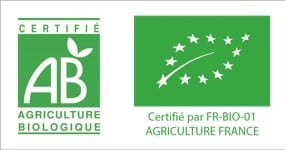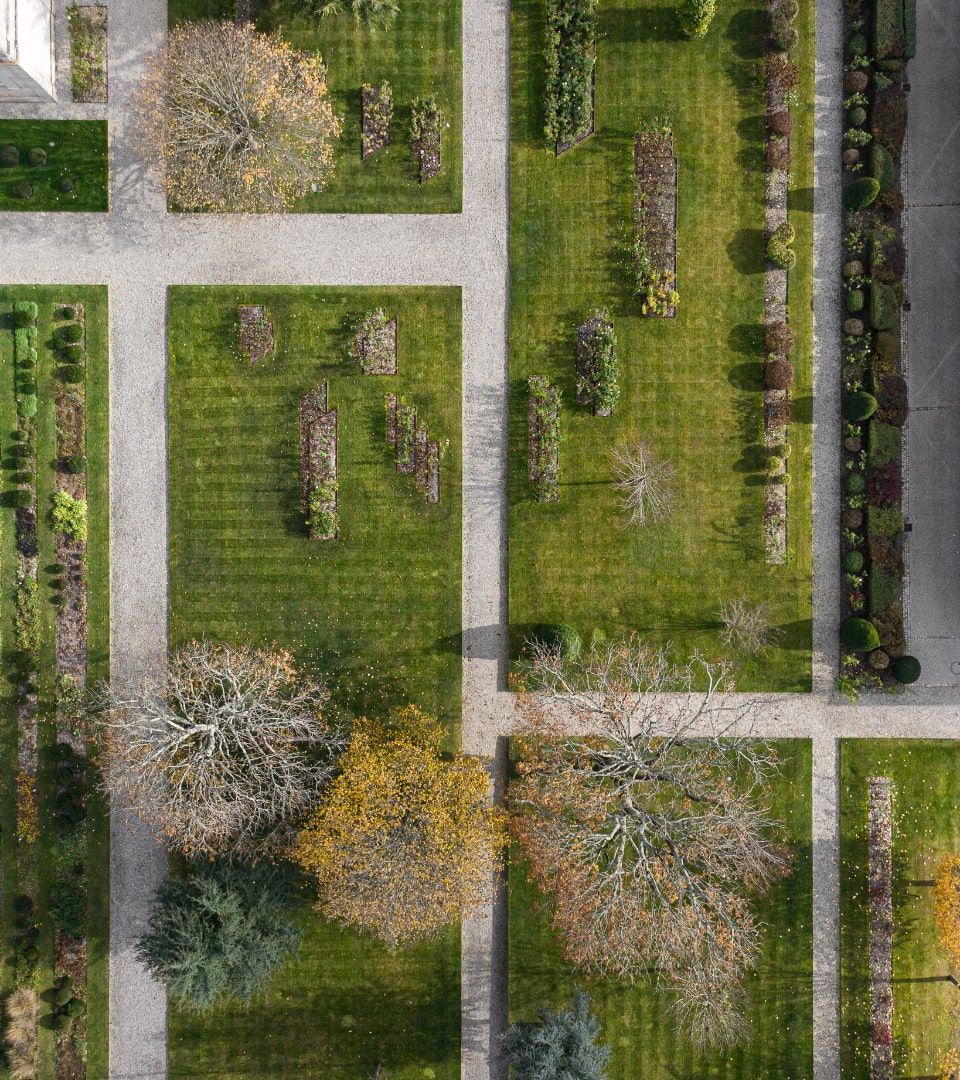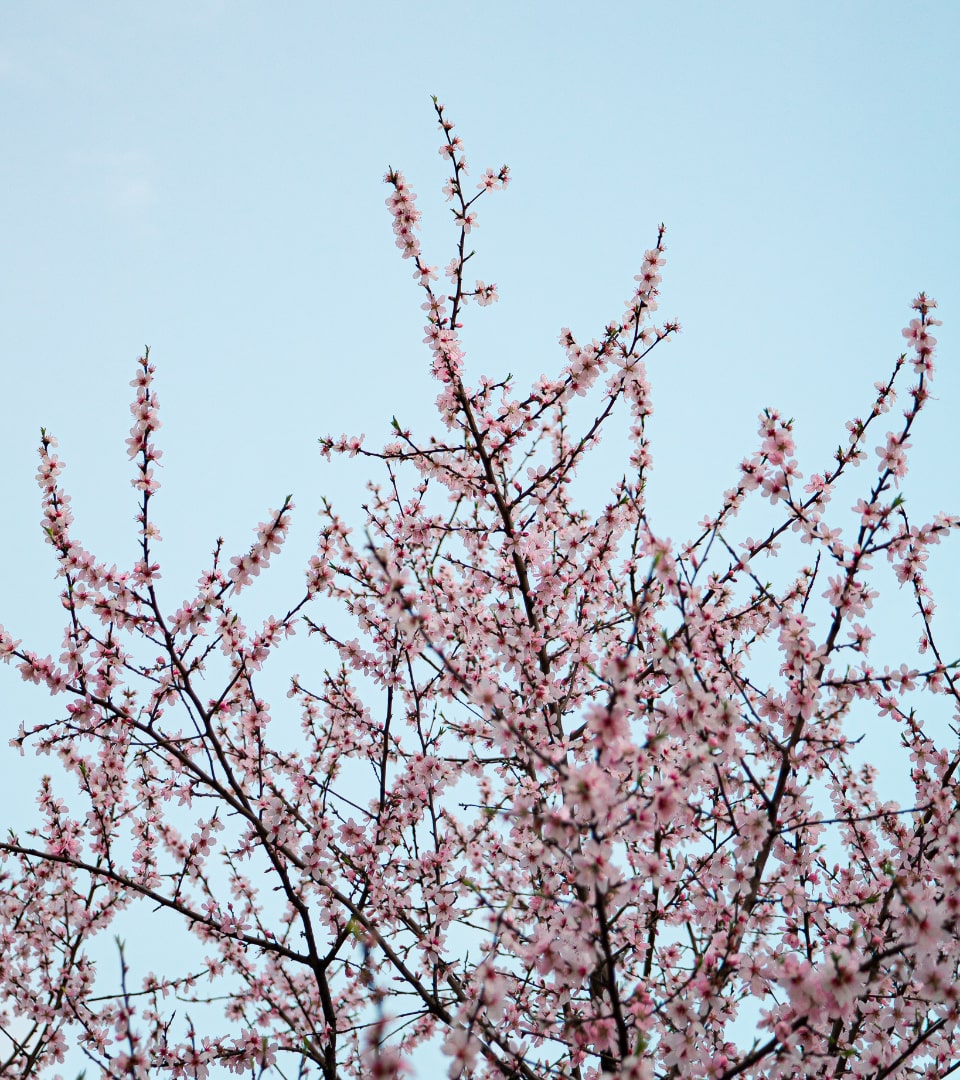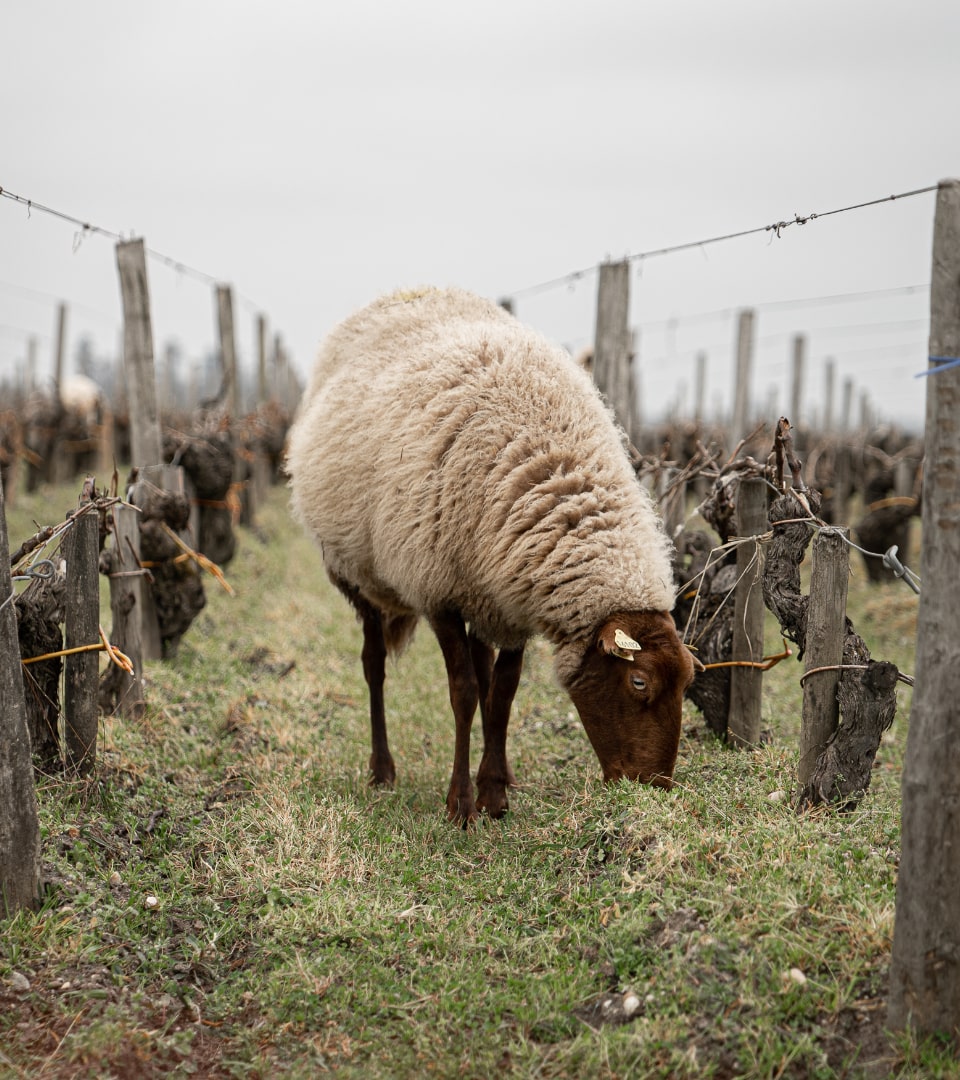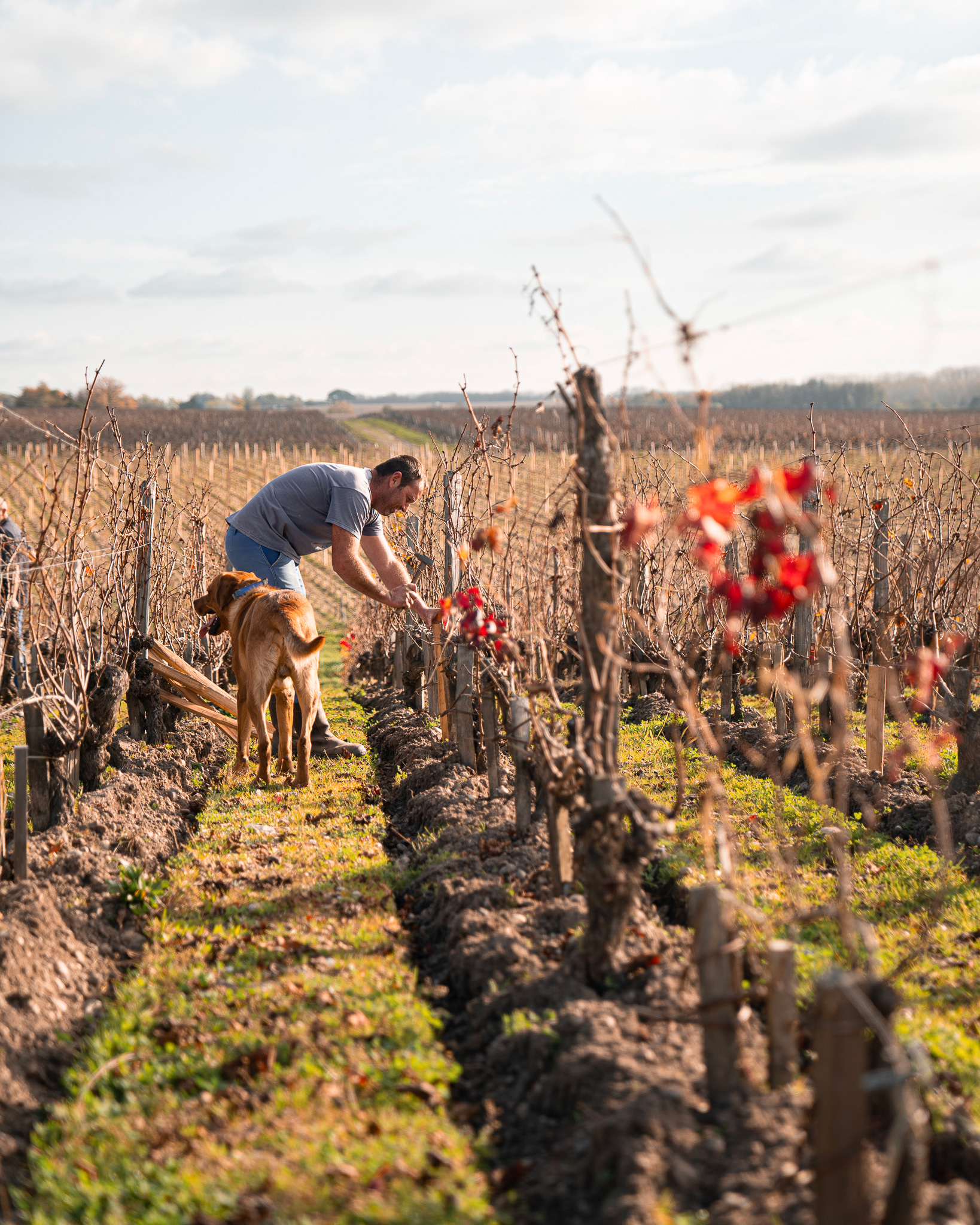Château Gruaud Larose.
By appointment (only private tours) :
from Monday to Friday
from 9.30am to 12:30pm and 2pm to 6:30pm
Château Gruaud Larose
33250 Saint-Julien-Beychevelle
+33 5 56 73 89 43
visit@gruaud-larose.com
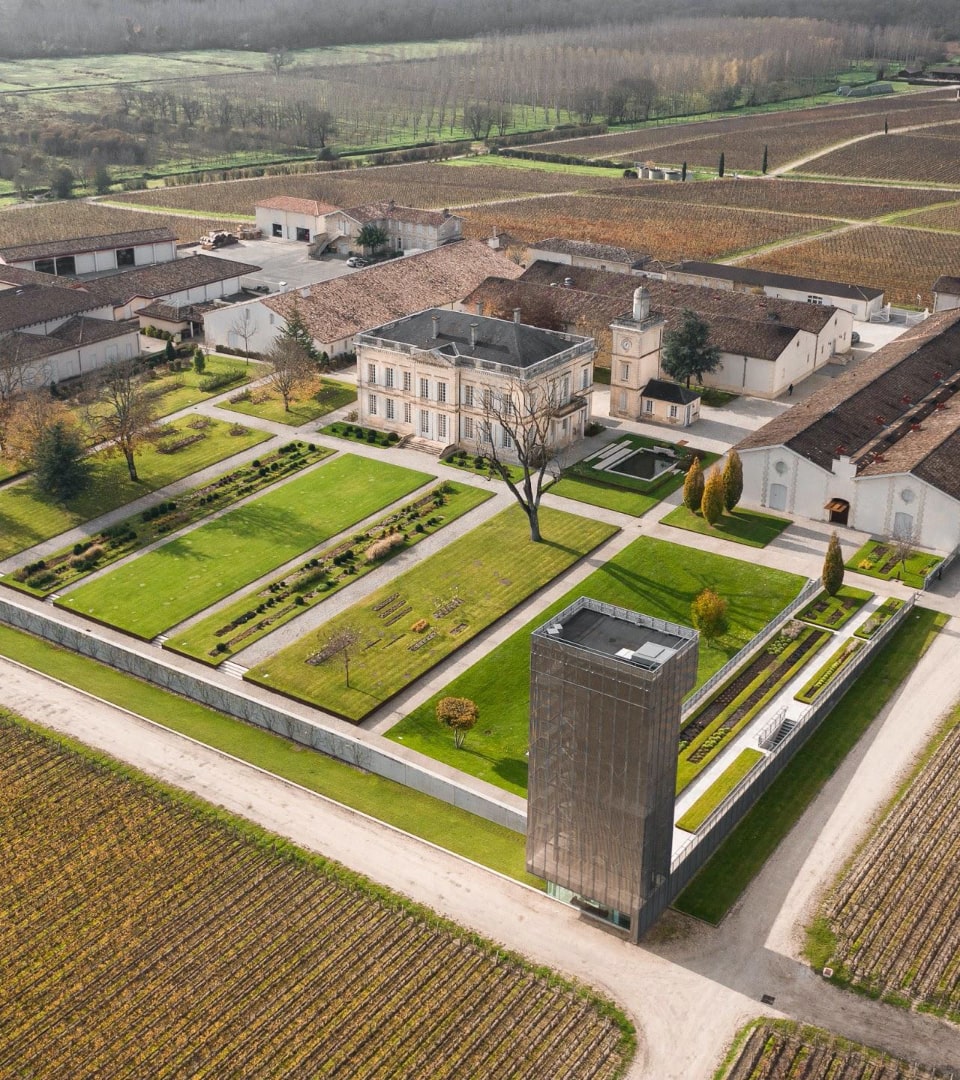
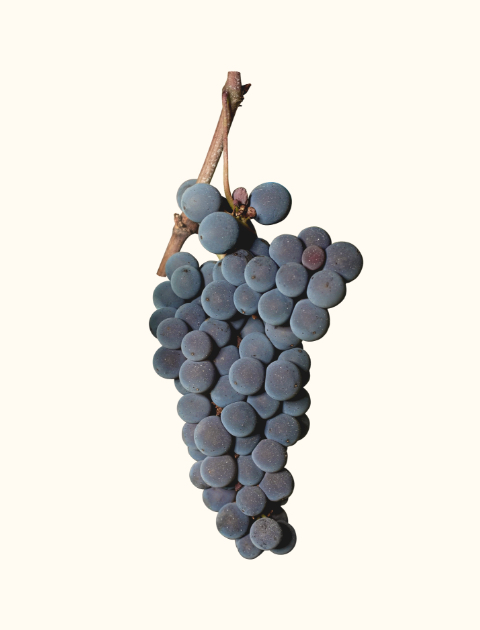
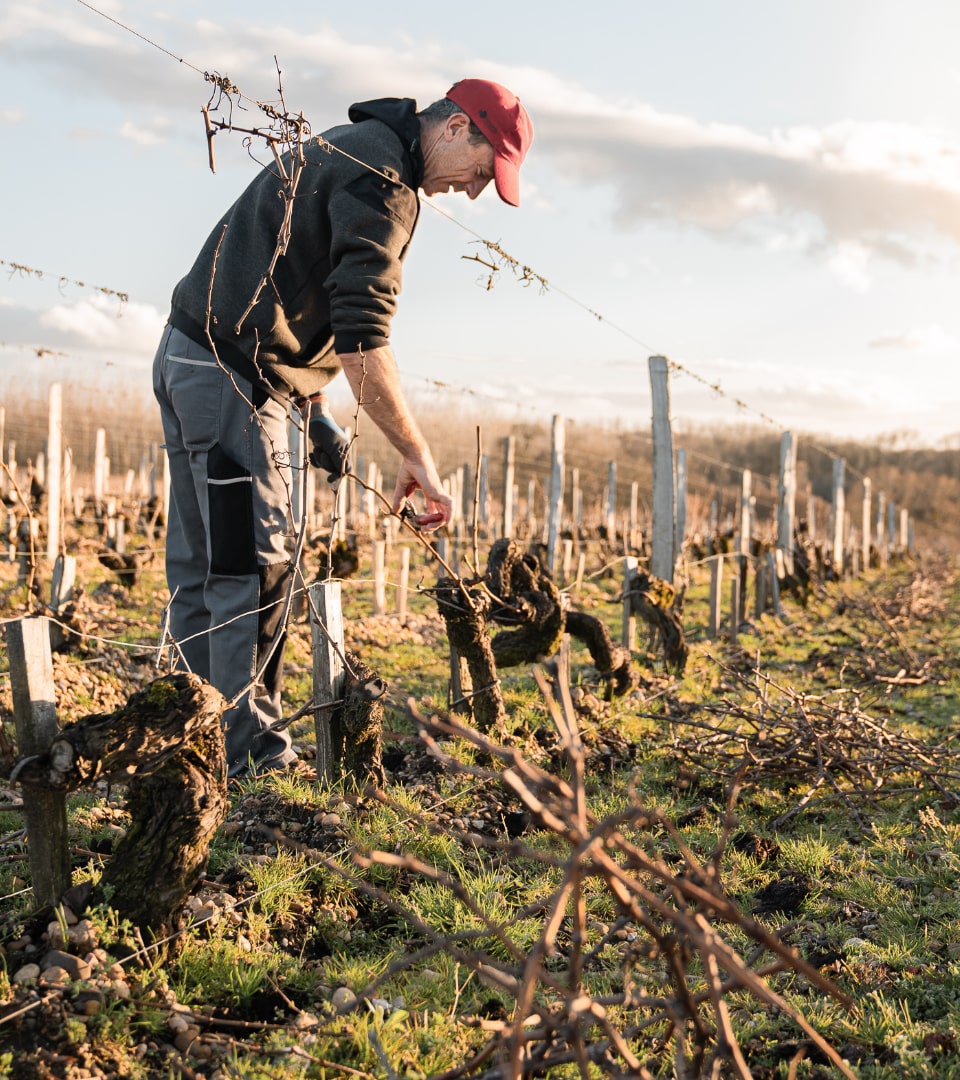
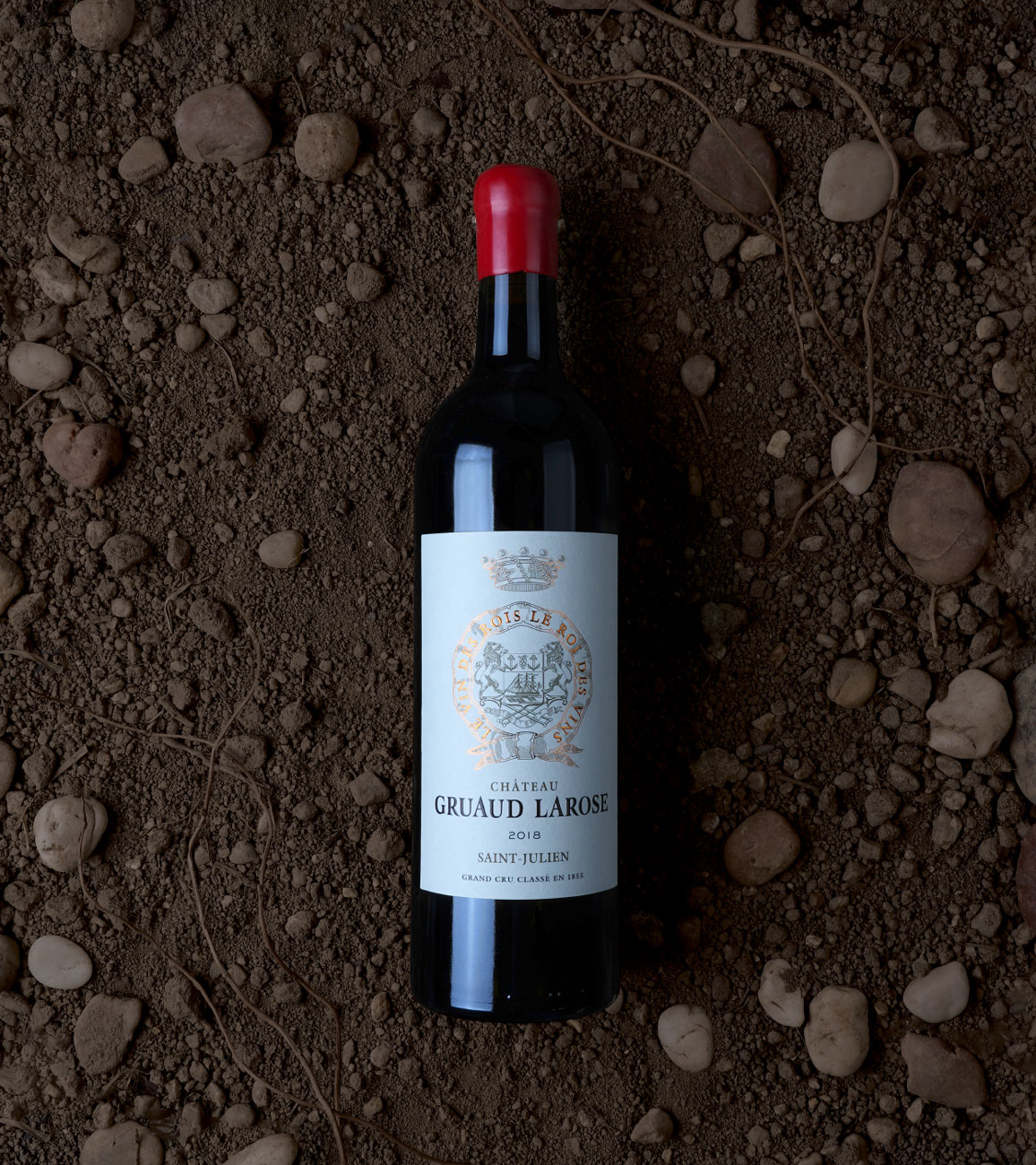
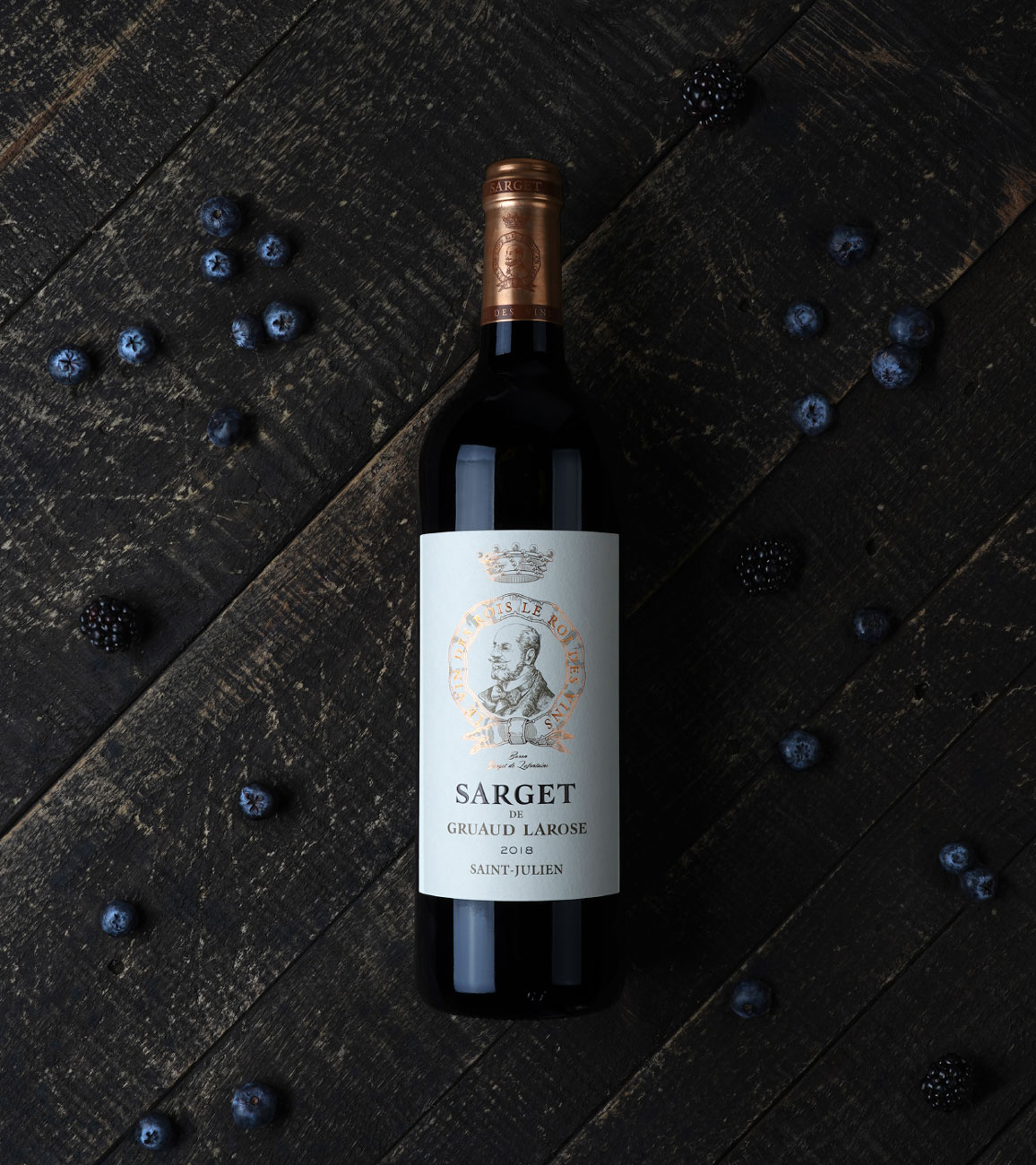
Each generation has witnessed the blossoming of genuine artist-winemakers.
Without the willpower and good work of these men, the terroirs would have become mere fields of vines.
They have made and are still making a world-class vineyard.
The work of man in the vine is solitary, hard and comes with responsibilities.
The gesture is both simple and complicated, the ambition both simple and spectacular, the work both paced and infinite.
The tradition of the gesture reinforces the modernity of the techniques, experience consolidates with new viticultural innovation.
The notion of terroir binds geology and climate together. The largest concentration of Grand Cru Wines is in the Medoc, an area which benefits from a microclimate that is particularly favorable for the expression of the vine.
The soil, by nature, limits water retentivity and the summer period, very hot and dry from July to September, is determinant for good ripening, a good maturity and the satisfactory transfer between the root system and the grape.
East and West winds dry the grapes to keep them from perishing.
Every year the heavens play a decisive role in wine making. Their influence on the success of the wine is different each year; no terroir, man or technique can alter the part they play.
Gruaud Larose has always tried to give value to the role of man in the creation of its elixir;
both to his work and to the bond established with the vineyard.
The vine stocks and the grapes are nothing without man, without these makers of Crus, from the most modest to the most powerful.
Since its creation, in 1725, four families have succeeded one another at the head of Gruaud Larose: the Gruaud & Larose families, the Balguerie and Sarget families, the Cordier family and the Merlaut family.
This family attachment has been passed on to the employees who often work at the Château from father to son and from mother to daughter.
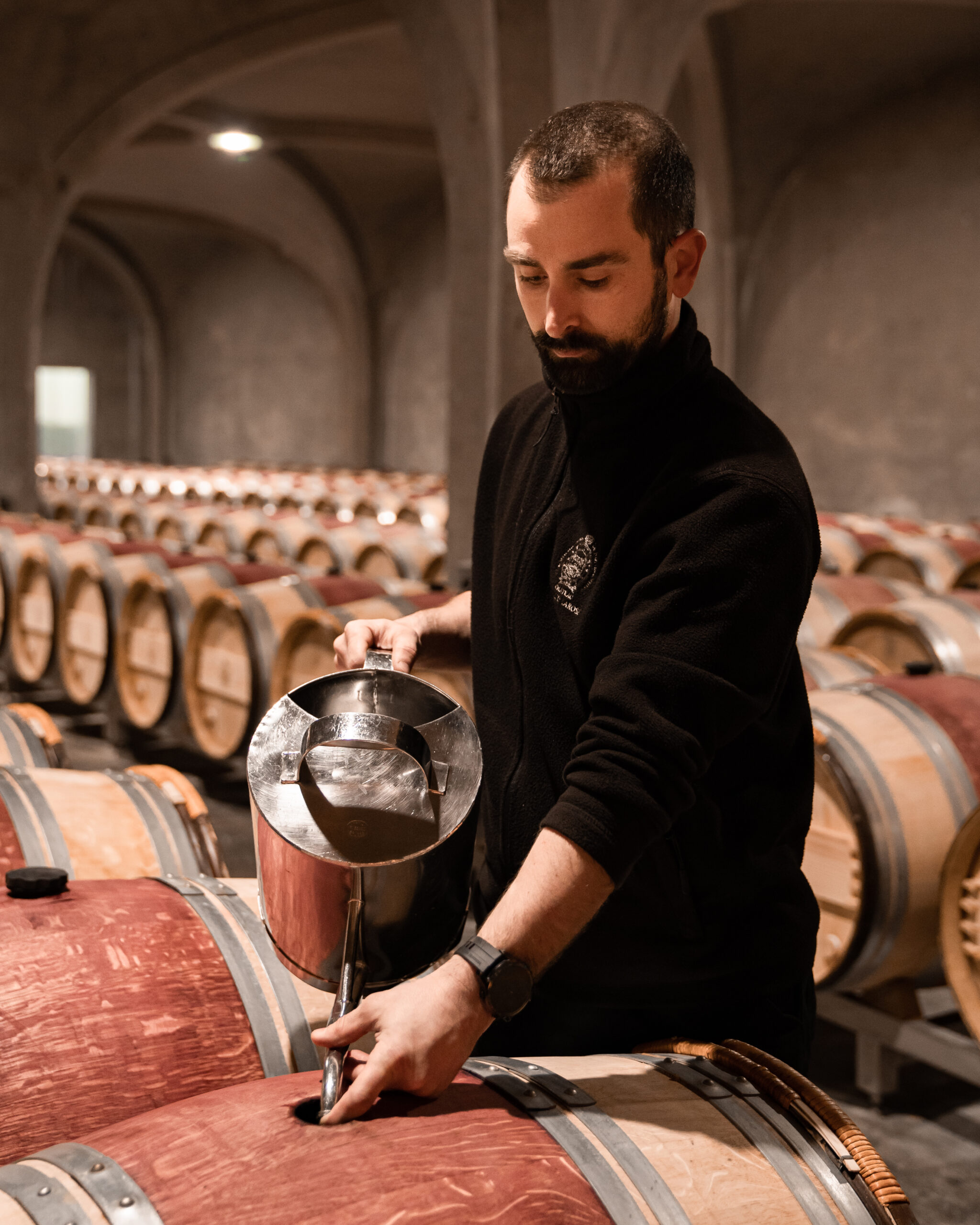
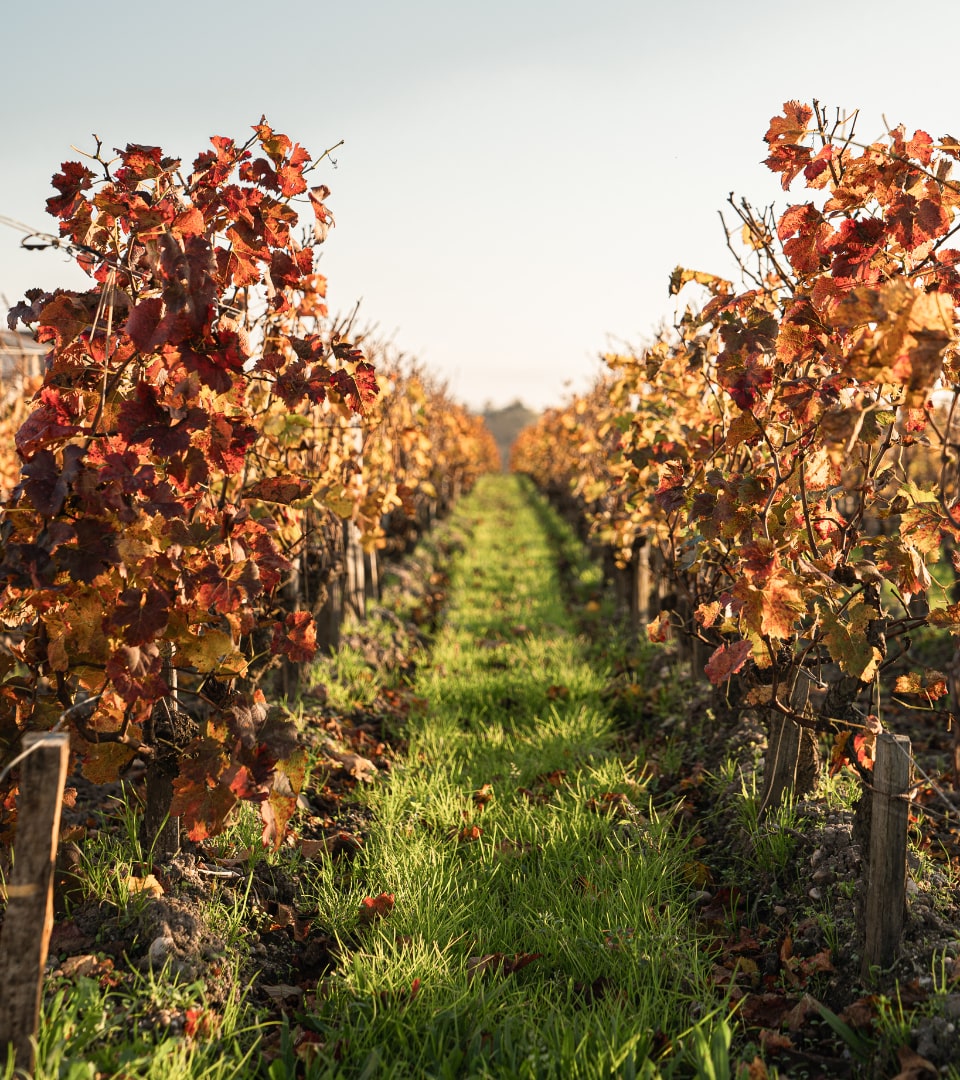
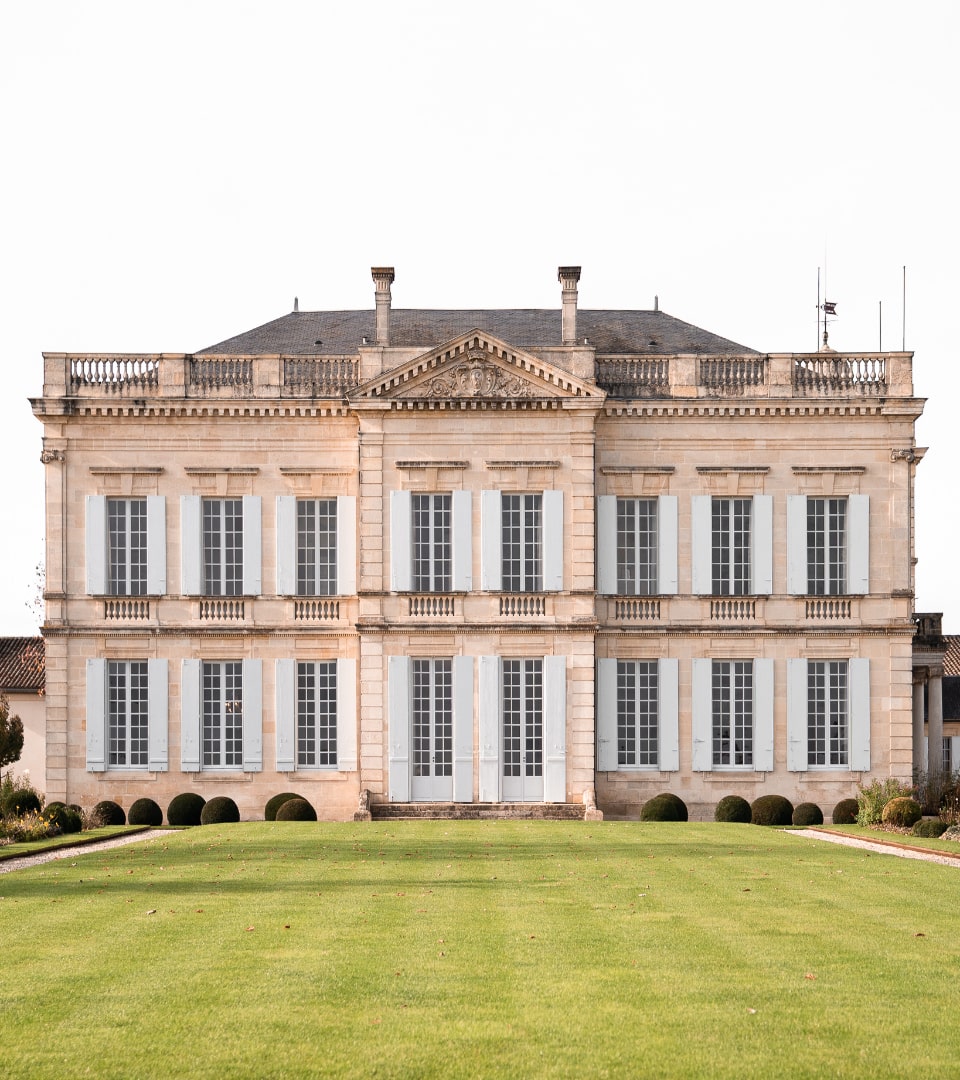
Agroecology is a set of agricultural theories and practices nourished and inspired both by knowledge of ecology and agricultural science. Thus, by applying agroecological principles to our production, we want to design a sustainable ecosystem.
In this system, we rely as much as possible on Nature as a factor of production. Agroecology reintroduces diversity into agricultural production systems, restores a diverse landscape mosaic and the role of biodiversity as an enhanced factor of production.
Country hedges: the native plant hedges set up will offer an incredible reservoir of biodiversity. They offer “shelter” and “cover” to many animals: birds, small mammals, insects… Placed between the different living spaces located on the property (marshes, groves, etc.) they constitute fundamental ecological corridors in the establishment of biodiversity in the vineyard. The hedges set up along the ditches also provide protection for these natural watercourses. The property currently has 4.4 km of hedges, or 3,500 plants of 27 different species.
Isolated trees: The tree is THE major plant, whether isolated or in a forest or grove, whether it is fruit or not. 29 elms and 6 maples, naturally predominant species on the property, are planted as “isolated” trees in the vineyard.
A 300 m2 MIYAWAKI micro-forest has been installed. This micro-forest with high planting density consists of 800 plants of 28 varieties, i.e. 3 plants per m2. The interactions between plants favored by their proximity induce better development and faster growth of trees. It also increases the microbial life of the soil.
Plant cover:Whether sown or simply maintained, plant cover is favored in the vineyard. We have adapted our practices in order to develop and prioritize them. Between the rows of vines, on paths, on resting land, these reasoned grass coverings protect the soil in particular against erosion and activate the microbiological life of the soil through the degradation of the organic matter produced.
Green grazing: The grazing of the vines by sheep during the winter vegetative rest of the vines allows the control of the grassing by a natural process. The presence of these animals in the vineyard also allows a biological activation of the soils and a virtuous selection of the flora present in our vineyard.
Beehives: Swarms of bees are regularly found in the wild on vines. So, we decided to install 4 beehives in the vineyard. These pollinators are incredibly valuable assets in maintaining an ecosystem that favors animal and plant biodiversity.
Bat nesting boxes: Bats are formidable insect hunters. One of their prey is notably a butterfly which can inflict significant damage on grapes. Its larvae puncture berries, allowing Botrytis to enter the berries. In the context of this fight, the bat is therefore a precious ally. We have therefore installed nesting boxes to promote the development of these populations.
Since 2019, we have been implementing the necessary measures for the conversion to Organic Farming, which lead us to be certified thanks to the vintage 2022. We also use Biodynamic tools and practices: use of herbal teas from different plants as alternatives to the fight against certain parasites or supply of trace minerals to vines.
